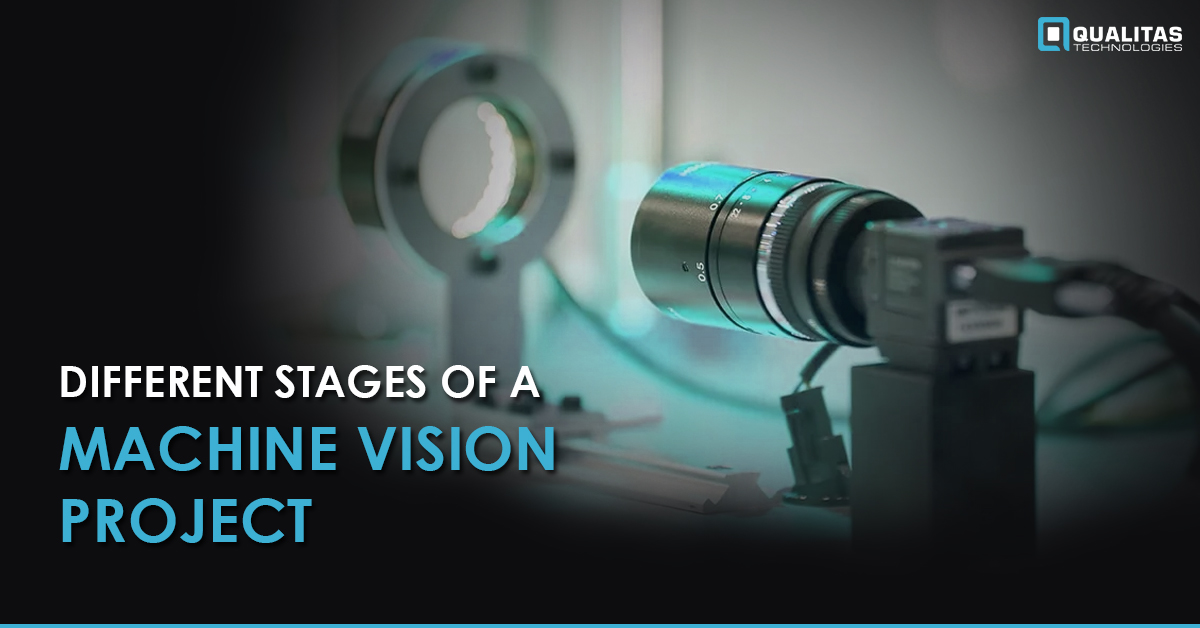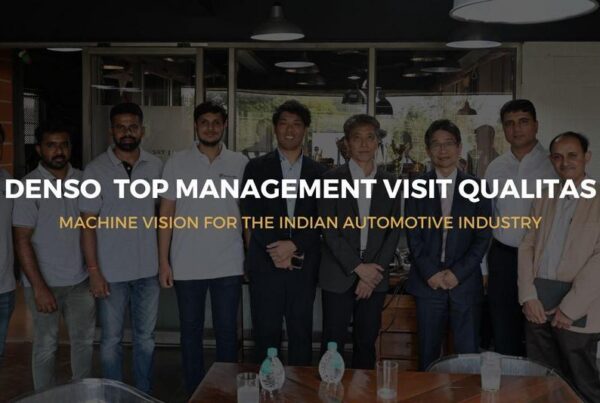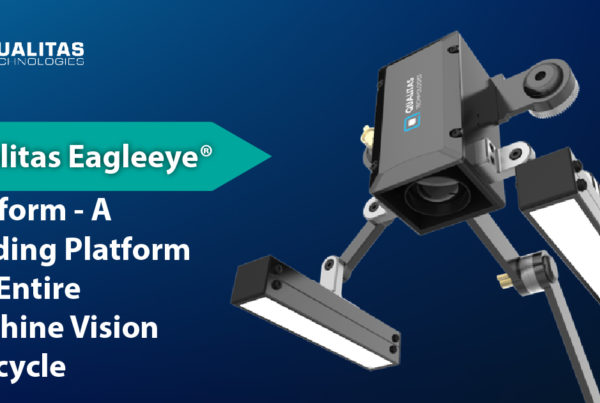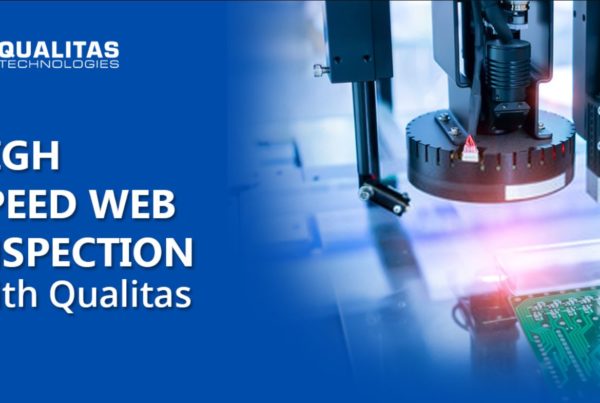
Introduction to Machine Vision
Ever since its inception, Machine Vision solutions have been proactively embraced by almost all industries across the globe. Despite being relatively new, these revolutionary solutions have grown explosively. According to Vision Online, in 2017, the global machine vision market was valued at $7.91 billion. According to the latest numbers in a report by Grand View Research, its global market is poised to reach $ 18.24 billion by 2025 at a CAGR of 7.7%.
The ability of machine vision in processing massive amounts of information in a few seconds is a major factor driving its market. Industry verticals such as automobile, pharmaceutical, F&B, and packaging are fuelling demands for machine vision systems.
Also, Read 7 APPLICATIONS OF MACHINE VISION
Some of the plethoras of benefits offered by Machine Vision solutions are following:
- Automating repetitive and mundane tasks ensures seamless workflow and spares employees the time to indulge in creative thinking.
- Drastically reduces operational costs and saves hours of manual labor.
- Delivers unparalleled accuracy and precision, detecting even miniature defects.
- Minimizes human intervention and hence, eliminates possibilities of contamination.
- Can perform even the most arduous tasks in hazardous environments.
However, to derive optimum tangible benefits from Machine Vision and painlessly implement it, it is significant to understand its fundamentals, the various stages involved and their significance in the long run.
Also, Read MACHINE VISION PROCESS FLOW
Various Stages of a Machine Vision Project
- Defining the problems and expectations
The first and perhaps, the most crucial stage in a Machine Vision project is clearly defining the problem that the vision solution is poised to solve. The understanding of how the solution will ultimately deliver is really significant to maintain realistic expectations. This stage is also when comparable scenarios and workarounds to a particular problem are discussed, budgets outlined and the degree of human expertise needed is determined.
- Research and Analysis
Research and analysis at the initial stage set up a strong foundation for the later stages, the implementation, and further necessary planning. This stage involves a profound exploration into the bottom-line solution, based on information from different sources. A profound insight into the problem, in combination with the proposed solutions, will assist you in acquiring the apt machine vision model in the end. It is also, essential to research about and identifies the requisite hardware and software for the project.
- Data Aggregation
It is irrefutable that data is the fuel that drives machine vision. The quality of data you provide as the input to the system determines the quality of data you get back. Any sourced data must be examined and analyzed to gain insights from it, prior to modeling. Examination of data also validates its integrity and credibility and ensures that the data received is the expected data. The gathered data must be diverse to include all possible scenarios that the system might face. It is also necessary that the data is abundant, unbiased, and unambiguous to avoid any future issues.
- Preprocessing
The goal at the preprocessing stage is to create refined and more diverse data inputs. So, whenever the data is collected from multiple sources, it is obtained in a raw format that makes analysis tedious. Data Preprocessing is the process of cleaning this raw dataset and transforming it into a refined format, for effective training. It can include data reformatting, data cleaning, and data normalization. Another important step is Data Augmentation. This step involves even further manipulation of data by zooming, cropping, rotating it by different angles, etc. to improve data diversification.
- Training and Testing
After the data is collected and annotated, it can be used as an input for model training. The system can be trained in image classification, object detection, and image segmentation. It is important to know that during training, its performance and accuracy may be drab but it will surely improve with time.
Once you have completed training your model on diverse sets of data, it is time to test it. Now, you should feed the systems newer, unannotated images and see if it classifies and detects the objects as per your expectations. This will help you to identify the shortcomings or edge cases on which the system doesn’t perform well. Now, it is time to re-train your project on these edge cases. Deep Learning is now being used in Machine Vision to further enhance its capabilities.
Also, Read Types of Illumination Techniques in Machine Vision
- Parameter tuning and Inference
Parameter tuning is a crucial process that refines the project further by modifying the hyperparameter values. This is done to augment the project’s accuracy and performance. Once this process is completed, training and testing processes begin again. This process is repeated until a suitable, desirable model is generated. The inference is the real-world test for the project and it determines whether the project is true of industrial capacity. It involves using actual samples, for which the machine vision system was created in the first place.
- Deploying your project
Having tested and evaluated the project on all parameters and fine-tuned it accordingly, it should now be deployed for industrial use.
Conclusion
The potential of machine vision can truly be harnessed only if, at all the stages, the necessary steps are executed diligently and without shortcuts. In the end, patient and consistent execution at the mentioned stages will surely prove worthwhile.
Register For Our Upcoming Free Webinar





